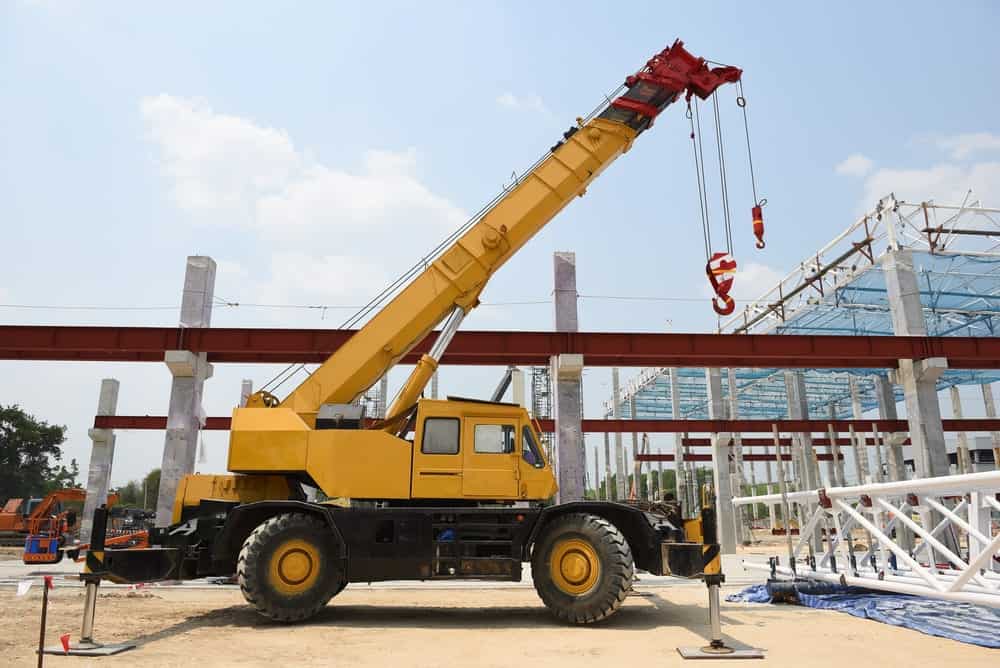Boom trucks are basically a type of crane that is mounted on top of a hauling truck. They are useful this way because they can be driven on standard roads and other types of terrain; and therefore no need to hire a separate vehicle to transport them to site. Boom trucks have similar features to other types of mobile cranes. Here we go through the different parts of what makes a boom truck.
The Operators Cabin
There are two main types of operator cabins on a boom truck and they typically resemble that of any standard hauling truck.
First, there are fixed cabin boom trucks where both the vehicle and boom controls sit. This is the compartment where the trained operators sit and steer the machine. Then there are swing boom trucks which have a separate cabin on the flatbed. As the boom moves, the compartment will move with it. Swing booms can improve the visibility of the load and therefore the accuracy of the operator.
Boom
The most recognisable feature of any crane, the boom is the arm that does all the heavy lifting. You can use it to lift and lower and move loads. Most boom trucks have a telescopic boom, meaning it has a hydraulic crane arm that you can extend straight out.
Jib
The jib is the fixed steel arm on a crane from which the lifting ropes hang and is fixed in length. Most mobile cranes sometimes have a jib fixed on the end of the boom. The role of the jib is to support a movable hoist fixed to either a wall or pillar mounted on the floor.
Flatbed
A flatbed is the flat surface you’ll use to transport your load. However, on mobile cranes this is where the boom and the operator cabin is usually situated, but you can still carry some cargo on it.
Rotex Gear
Rotex gears are the gears needed to make movements and allows the cab to swivel and move the boom from side to side. It’s usually mounted on the flatbed and underneath the swing cabin. Besides rotating the crane around an axis, the Rotex gear can also move the crane up or down, which makes working at angles easier.
Outrigger
The outrigger is the part that provides stability and balance to the boom truck. They are retractable hydraulic “legs” that extend – like spider’s legs – away from the truck before they make contact with the ground. It is vital to help stop the crane from leaning or tipping.
Why Choose United Crane Services?
Here at United Crane Services we have a fleet of mobile boom cranes for operators that require greater reach when transporting loads. With several different types of cranes available, it’s important to consult a crane specialist as to which would be better suited for your needs. We would be happy to help you there: feel free to call us on +61 08 9250 4488, email us at info@ucsperth.com.au or contact us. We specialise in a variety of mobile crane and lifting equipment hire options in Perth.

